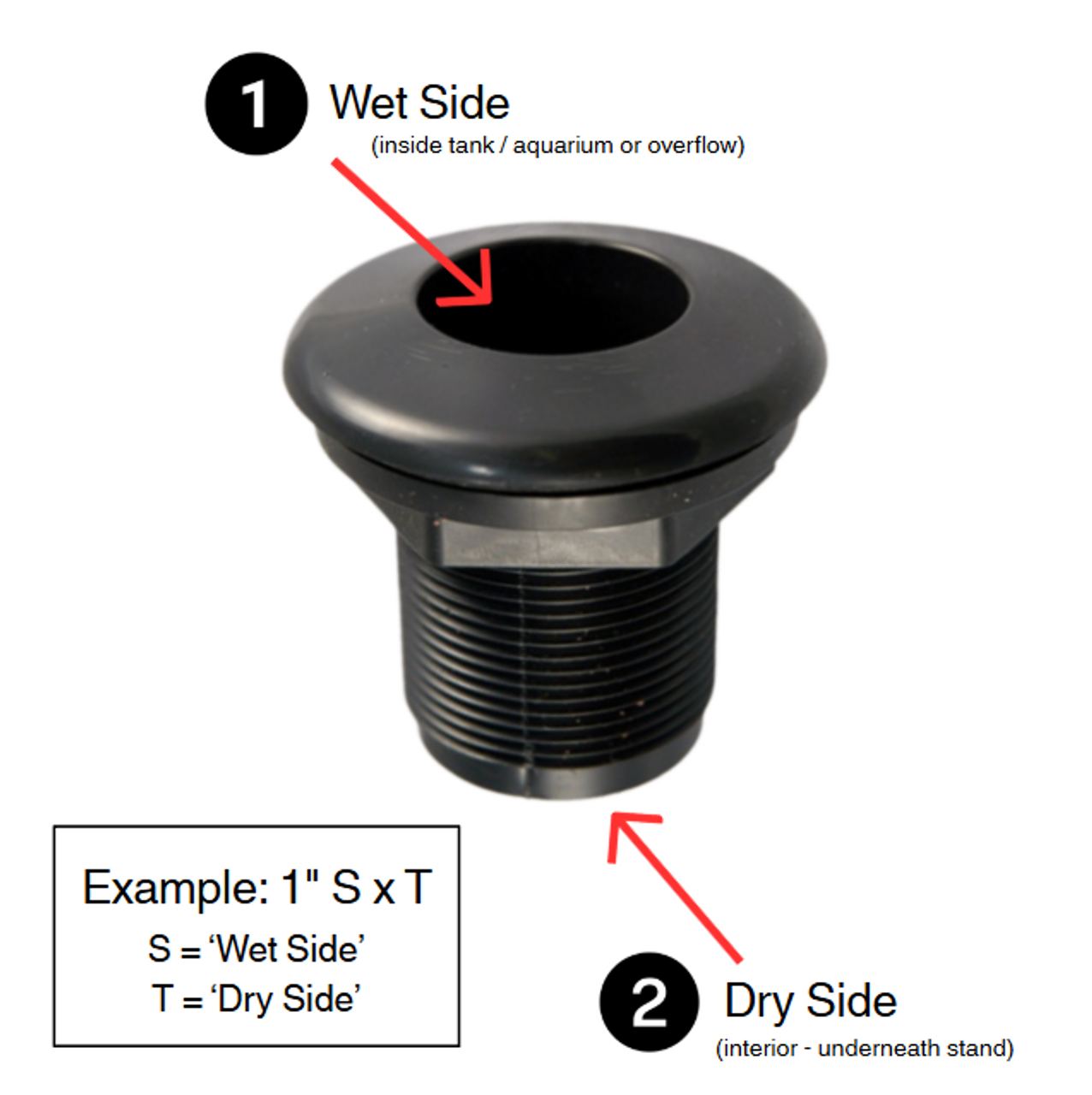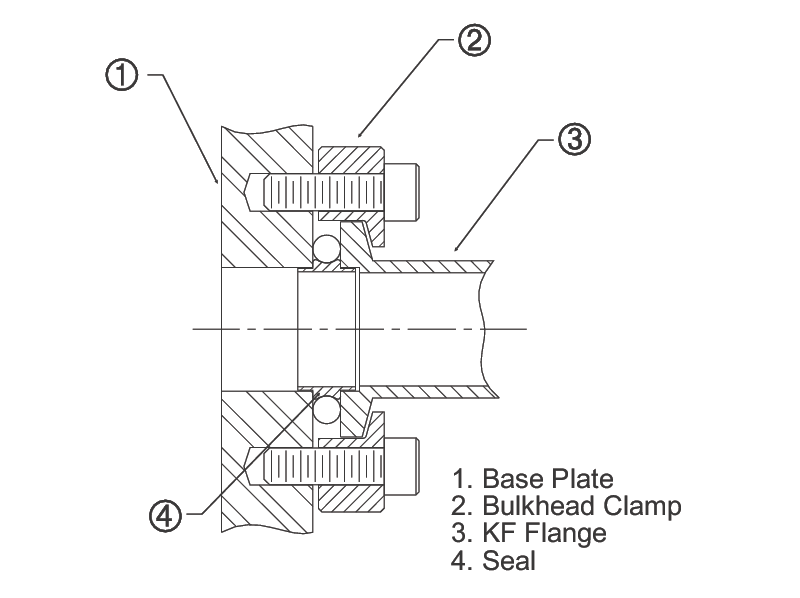How Architects Use Bulkhead on Lake Livingston Into Current Developments
The Function of Bulkhead in Enhancing Waterside Visual Appeals and Performance
Bulkheads serve a necessary feature in beachfront areas, balancing looks with sensible advantages. They support shorelines, reducing erosion while improving the visual landscape. With careful design, these structures can transform barren rooms into lively community centers. The styles and products selected can greatly affect the environment of the waterfront. This crossway of utility and beauty increases vital inquiries concerning future design choices and their ramifications for metropolitan settings. What advancements might redefine bulkhead performance?
Importance of Bulkheads in Shoreline Protection
Bulkheads play a vital duty in coastline protection by working as barriers versus disintegration and storm rises. These frameworks, commonly made from steel, timber, or concrete, are strategically set up along riverbanks and coastlines to stabilize the land - Bulkhead on Lake Livingston. By deflecting and taking in wave energy, bulkheads avoid soil displacement and secure important property and infrastructure from damage triggered by rough weather. Furthermore, they aid keep water top quality by decreasing overflow and sedimentation, which can negatively affect marine ecological communities
In addition to their safety functions, bulkheads can help with leisure activities such as angling and boating by giving secure accessibility factors along the shoreline. Their installation typically adds to improved safety and security and ease of access for both residents and visitors. Eventually, bulkheads serve a vital purpose in maintaining coastlines, guaranteeing that eco-friendly balance is kept while securing human rate of interests against the pressures of nature.

Aesthetic Contributions of Bulkheads
Bulkheads can substantially improve the visual allure of waterfronts via thoughtful layout selections. By choosing appropriate shades and materials, these structures can balance with their environments, adding to a general visual experience. This combination not just elevates the beauty of the coastline but also reflects the character of the regional atmosphere.
Visual Appeal Enhancement
While typically forgotten, the aesthetic contributions of bulkheads play a considerable function in boosting the visual appeal of waterfronts. These frameworks provide a clear delineation between land and water, developing a feeling of order and organization that is aesthetically pleasing. By incorporating practical layout with sculptural aspects, bulkheads can harmonize with the natural surroundings, adding to the overall landscape. In addition, they can be created to enhance existing architectural functions or boost the waterside's character, making it a lot more welcoming. The visibility of bulkheads can additionally encourage the unification of landscape design elements, such as gardens or seating locations, better enhancing the aesthetic experience. Inevitably, properly designed bulkheads offer to raise the elegance and beauty of waterfront rooms, making them much more attractive to locals and visitors alike.
Color and Product Choices
The selection of color and materials for bulkheads significantly affects their visual effect on watersides. Numerous materials, such as steel, wood, and concrete, offer unique looks and structures, permitting designers to create visually appealing frameworks that complement their environments. Natural timber can stimulate a rustic charm, while sleek steel surfaces might communicate a modern visual.
Shade choices also play a crucial duty; dynamic colors can energize a space, while low-key tones cultivate a calm feel. The best mix of materials and shades can improve the overall visual experience, developing a natural appearance that draws interest to the waterfront. Ultimately, thoughtful material and shade choice adds to the bulkhead's performance while enhancing the waterside's aesthetic appeal.

Integration With Environments
An attentively developed bulkhead not just offers its practical purpose but also plays a considerable role in boosting the visual consistency of beachfront environments - Bulkhead on Lake Livingston. By integrating seamlessly with the bordering landscape, bulkheads can match natural features such as beaches, parks, and coastal plant life. Their layout can show local architectural designs, making sure that they blend right into the neighborhood's aesthetic fabric. Furthermore, making use of sustainable materials and indigenous plants around bulkheads can promote ecological equilibrium while improving visual allure. By focusing on combination with environments, bulkheads contribute to a natural waterside experience that invites both local residents and visitors. This focus to visual detail promotes a sense of place, enriching the total personality of the waterside
Leisure Opportunities Developed by Bulkheads
Bulkheads play an important role in boosting leisure chances along watersides. They supply enhanced access for angling, making it possible for fishermens to reach deeper waters effortlessly. Additionally, these structures promote numerous water sporting activities, providing risk-free launch factors and areas for activities such as kayaking and paddleboarding.

Fishing Accessibility Improvements
While enhancing beachfront appearances, angling access renovations likewise create beneficial recreational opportunities for regional communities. Bulkheads can be designed with integrated fishing systems, providing anglers secure and hassle-free access to water bodies. These structures not just assist in fishing but also act as monitoring points for wild animals, enabling citizens and visitors to engage with This Site nature. Better accessibility can result in raised engagement in fishing tasks, cultivating a feeling of area and advertising outside recreation. Furthermore, well-kept angling areas can draw in tourism, profiting local economies. By giving assigned fishing zones, bulkheads add to lasting angling techniques, making sure that regional communities remain healthy and balanced while improving the overall experience for leisure fishers. Inevitably, these enhancements enhance waterside rooms for all customers.
Water Sports Assistance
As waterfront locations develop, the integration of bulkheads plays a crucial duty in promoting water sporting activities and increasing leisure opportunities for communities. These frameworks supply stable access factors for various tasks, consisting of paddleboarding, kayaking, and jet skiing. By developing assigned areas for introducing and docking, bulkheads enhance safety and ease of access for enthusiasts of every ages. Furthermore, they assist to specify leisure areas, separating them from fishing zones and boating channels, therefore lowering blockage and possible risks. The visibility of bulkheads likewise adds to enhanced water conditions, as they can help mitigate wave action and disintegration, producing a much more desirable atmosphere for water sports. Ultimately, bulkheads cultivate a vivid waterfront society that urges energetic lifestyles and community involvement.
Ecological Benefits of Bulkheads
Often saw largely as structural aspects, bulkheads provide significant environmental advantages that improve seaside ecological communities. By avoiding erosion, bulkheads stabilize shorelines, which helps preserve marine habitats and safeguards important plants. This click to read more stabilization urges the development of all-natural barrier areas, permitting indigenous plant varieties to prosper while advertising biodiversity.
Furthermore, bulkheads can assist filter toxins from stormwater overflow, improving water quality in surrounding water atmospheres. By serving as obstacles, they likewise decrease sedimentation in waterways, preserving the health of fish populaces and other aquatic life. Furthermore, bulkheads can function as substratum for marine microorganisms, promoting habitats for oysters, barnacles, and various other types that add to eco-friendly balance.
Area Interaction and Bulkhead Design
Efficient community involvement plays a crucial duty in the design of bulkheads, assuring that local voices and viewpoints shape the growth process. Via participatory planning, stakeholders-- including citizens, local business owner, and environmental teams-- can contribute their choices and insights. This joint strategy not only cultivates a sense of ownership and satisfaction among area members but likewise boosts the bulkhead's capability and aesthetic allure.
Public studies, workshops, and forums supply platforms for dialogue, enabling the recognition of specific neighborhood needs and concerns. By incorporating comments, developers can develop bulkheads that mirror the distinct personality of the beachfront and address regional ecological problems. Furthermore, entailing the area in the design procedure can result in ingenious remedies that advertise sustainability and strength. Ultimately, effective engagement assurances that bulkhead jobs are not just aesthetically pleasing yet additionally offer the sensible demands of the area, boosting total waterfront experiences.
Future Fads in Bulkhead Advancement
The combination of neighborhood input in bulkhead style not only enhances local importance yet additionally establishes the phase for future his explanation technologies in bulkhead growth. Arising patterns indicate a change in the direction of eco sustainable products, prioritizing making use of naturally degradable and recycled parts. This strategy not only addresses ecological problems however likewise aligns with area worths concentrated on sustainability.
Moreover, innovations in modern technology are leading the way for smart bulkhead systems outfitted with sensing units that keep an eye on structural honesty and water levels, giving real-time information for upkeep and security.
Furthermore, visual considerations are evolving, with an expanding emphasis on integrating green rooms and recreational locations into bulkhead styles, boosting the general beachfront experience.
As metropolitan locations grapple with climate change, durable bulkhead layouts that can endure severe climate events are prepared for. These trends symbolize a relocation in the direction of multifunctional, lasting, and community-oriented bulkhead developments that reflect the worths and requirements of modern society.
Regularly Asked Inquiries
What Materials Are Frequently Used to Build Bulkheads?
Usual products used to create bulkheads consist of wood, steel, vinyl, and concrete. Each product offers distinct benefits, such as durability, resistance to deterioration, and environmental impact, affecting their option based upon details site problems and needs.
How Usually Do Bulkheads Need Upkeep or Services?
Bulkheads usually need maintenance or repair services every 5 to ten years, depending upon ecological problems, products made use of, and exposure to water. Routine examinations can help identify problems early, preventing pricey fixings and making certain durability.
Can Bulkheads Affect Local Wild Animals Habitats Adversely?
Yes, bulkheads can adversely affect local wild animals habitats by disrupting natural coastlines, restricting accessibility to tidal locations, and modifying water flow, which may prevent the growth of vital greenery and influence regional aquatic species' survival.
Exist Rules Governing Bulkhead Building and Placement?
Yes, regulations controling bulkhead building and placement commonly exist at local, state, and federal levels. These regulations intend to ensure environmental management, advertise sustainable practices, and decrease unfavorable effect on bordering ecosystems and neighborhoods.
What Is the Average Lifespan of a Bulkhead?
The average life expectancy of a bulkhead typically varies from 25 to half a century, depending on products used, ecological conditions, and upkeep techniques. Timely repair work and regular evaluations can substantially extend this life expectancy.
Bulkheads can significantly enhance the aesthetic allure of beachfronts with thoughtful style choices. While often forgotten, the visual contributions of bulkheads play a substantial duty in boosting the visual appeal of watersides. A thoughtfully developed bulkhead not just offers its practical objective yet additionally plays a substantial function in enhancing the visual consistency of beachfront atmospheres. Bulkheads play an essential role in improving entertainment possibilities along watersides. The integration of area input in bulkhead design not just enhances regional significance yet also sets the stage for future technologies in bulkhead advancement.